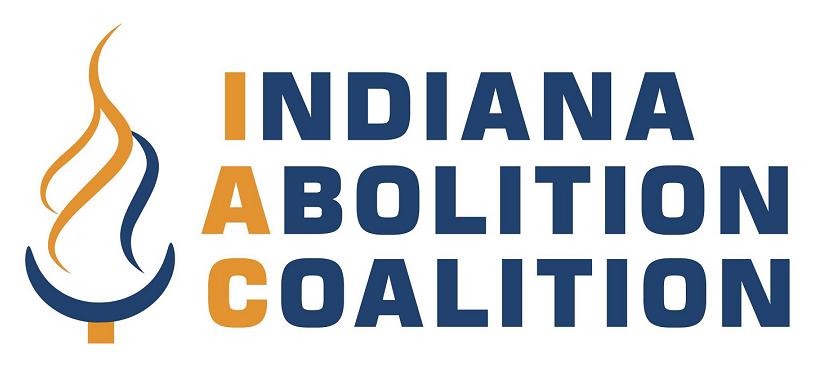Fairness
Today in Indiana, prosecutors throughout the state file fewer than two death penalty cases per year, on average. You might expect a careful, statewide review process to identify the “worst of the worst” cases fitting this charge, but you would be wrong.
“Indiana’s Other Lottery”
In 2003, reporters from seven newspapers around the State of Indiana began a year-long joint investigation into how the death penalty is administered in our state. In November 2004, they published the results of their investigation, under the title, “Indiana’s Other Lottery.” They wrote that Indiana prosecutors “seem as divided as the general public about what amounts to a life-and-death decision when the death penalty should be sought.” Whether a defendant faced the death penalty, they wrote, was unpredictable, and could depend not only on the circumstances of the crime, but on a host of other factors including the county where it occurred, media coverage of the crime, the county’s tax base and budget, the wishes of the victim’s family, and the views and experience of the prosecutor.
Race & the Death Penalty
A 2002 study conducted for then-governor Frank O’Bannon found that Indiana offenders who kill White victims are more likely to be sentenced to death than offenders who kill non-White victims. The research team indicated that additional research and analyses could help determine whether race neutral case factors are responsible for this apparent disparity.
In 2007, researchers working as part of the American Bar Association Indiana Death Penalty Assessment conducted the research and analyses left undone in the prior study. They identified race neutral factors that affected the likelihood of a death sentence, so that they compared similar cases and were able to isolate the impact of race. According to their findings, the odds of a death sentence among similar homicides were 16 times higher for cases where Whites were suspected of killing Whites than for cases in which Blacks are suspected of killing Blacks. The scales of justice are not, in fact, evenly balanced. The presence of White victims places a thumb on the scale in favor of death.
Trial by Jury
A 2012 death penalty trial in Lake County was stopped after lawyers questioned 270 potential jurors, over a period of fifteen days, without finding 12 jurors who could fairly consider all possible sentences. Not every jury selection process is so careful. An extensive study funded by the National Science Foundation show that jurors who cannot consider sentences other than death often end up serving on juries and deciding a defendant’s fate. Researchers have also found that most jurors do not understand the law they are supposed to follow in making their life or death decision.
Fairness in the death penalty is a moving target. Tinkering only makes the system more complex, not more fair. It’s time to end this life or death lottery once and for all.
Click here to download this factsheet: Fairness
For more information, click here to access the Death Penalty Information Center’s resources on race and the death penalty.
